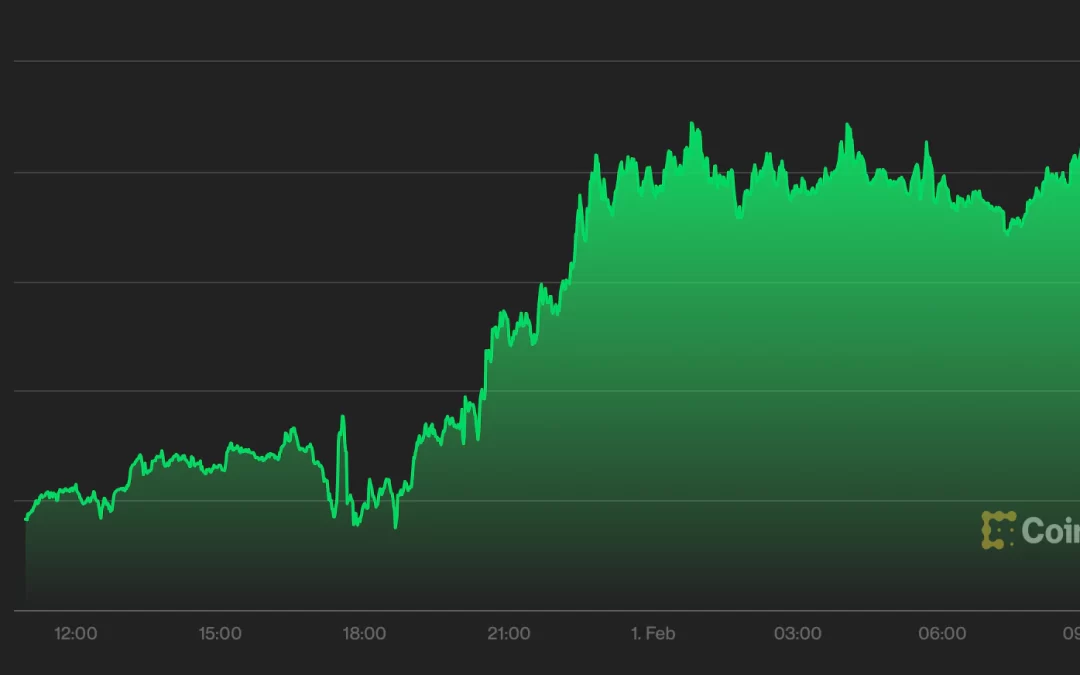Bitcoin prices were steady during early Tuesday after the Reserve Bank of Australia (RBA) terminated the liquidity-boosting bond purchase program, also known as quantitative easing (QE), and tamed rate hike fears.
The Australian central bank announced an end of the weekly A$4 billion ($2.8 billion) in government bond purchases and maintained the benchmark interest rate at a record low of 0.1%. Most economists had predicted an end of the QE, with the jobless rate dipping to a 13-year low of 4.2% and core inflation surging to seven-year highs of 2.6%.
RBA’s decision to end QE comes on the heels of markets pricing an aggressive tightening cycle in the U.S. Last Wednesday, the Federal Reserve (Fed) reiterated its commitment to end its bond purchases in March and set the stage for a rate hike in the same month. Markets are now priced for five quarter percentage point Fed rate hikes by the year-end.
While the RBA followed the Fed’s lead on ending QE, the Australian central bank pushed back against rate hike expectations. “Ceasing purchases under the bond purchase program does not imply a near-term increase in interest rates,” Governor Philip Lowe said in a statement. “The board is prepared to be patient as it monitors how the various factors affecting inflation in Australia evolve.”
Ahead of the decision, markets were expecting a rate hike in May followed by another four hikes by December.
RBA’s dovish tone weighed over the Aussie dollar, sending AUD/USD down 50 percentage points (pips) towards 0.70 and perhaps helping bitcoin and other risk assets maintain overnight gains.
The top cryptocurrency by market value traded largely unchanged on the day near $38,560 at 04:55 UTC, having jumped 1.5% on Monday. Australia’s benchmark equity index, S&P ASX 200, traded 0.5% higher, while the futures tied to the S&P 500 futures dropped 0.2%.
Bitcoin has nearly halved in value since peaking near $69,000 on Nov. 10, predominantly due to fears of faster Fed tightening. The cryptocurrency’s fortunes are closely tied with the equity markets, with the 60-day correlation between the two assets now at 65% versus virtually zero in 2017. The sensitivity to stock market gyrations and macro factors like central bank decisions perhaps stems from increased institutional participation. Besides, bitcoin has been one of the inflation trades.
“Bitcoin is best understood as a monetary good, and one of the primary investment theses for bitcoin is as the store of value asset in an increasingly digital world,” Fidelity Digital Assets’ analysts mentioned in the monthly note.
While macro factors appear to have aligned in favor of the bears, onchain activity paints a positive picture.
According to blockchain analytics firm Santiment, 40,785 bitcoin left exchanges last week, registering the highest weekly exodus of coins since September. “The continued trend of coins moving to cold wallets is historically good for long-term price movements,” Santiment tweeted.














